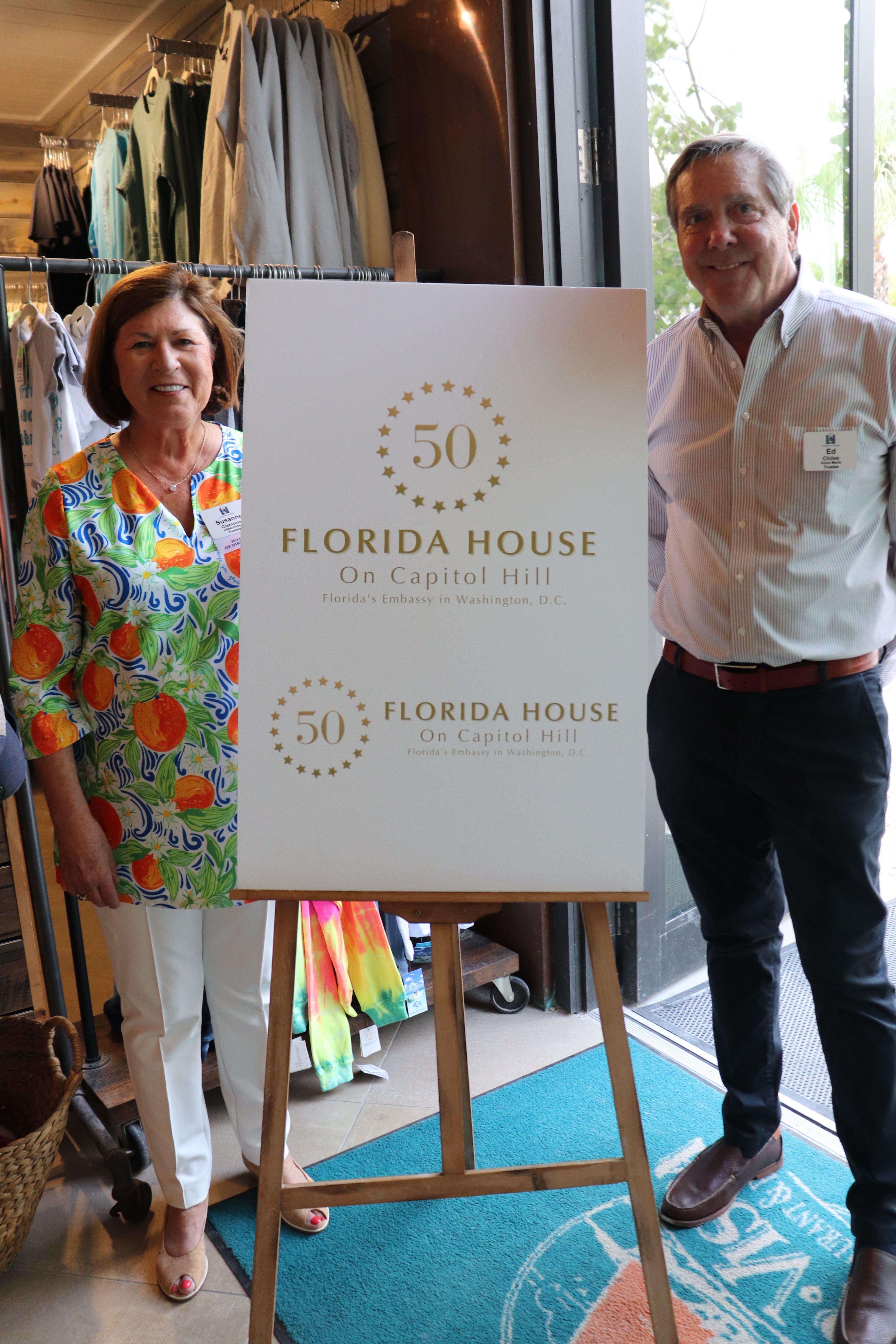The History of Florida House
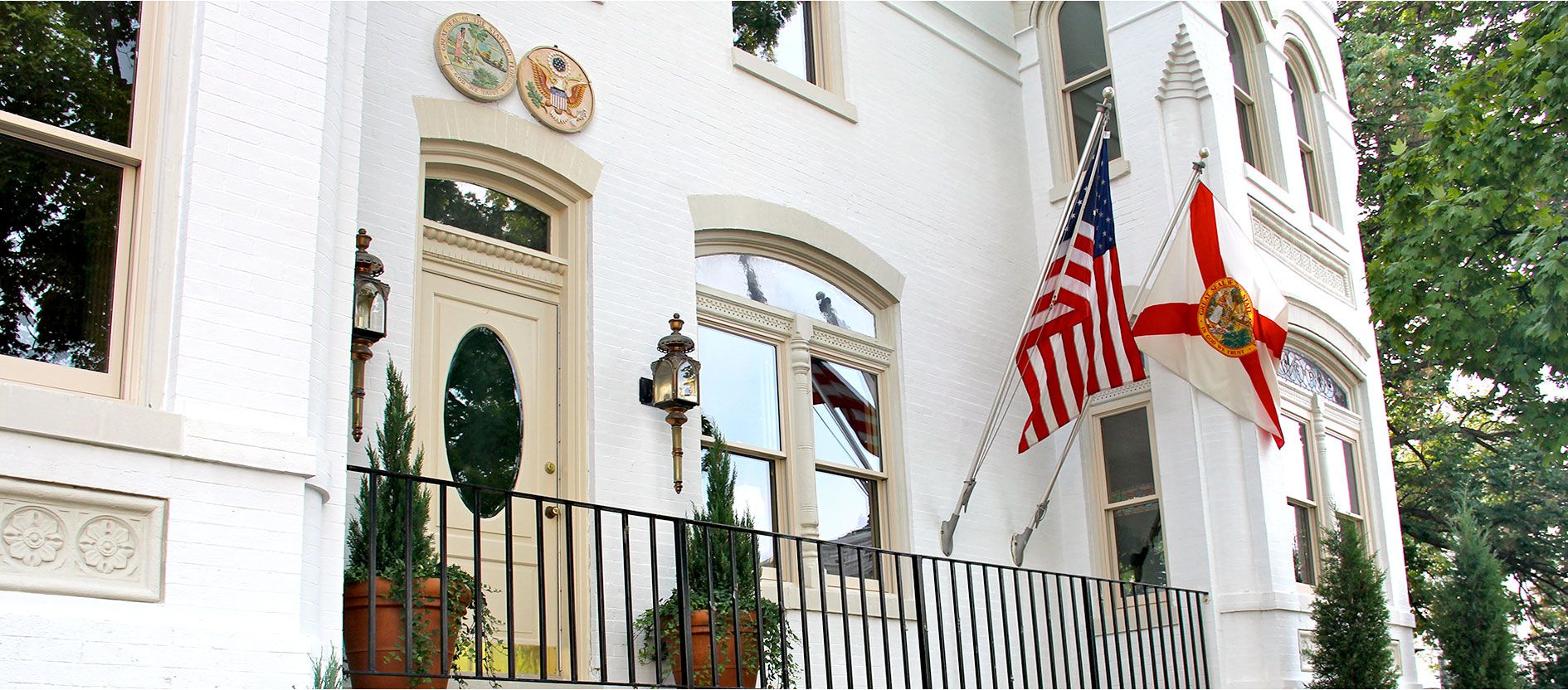
1885: The Manning House
The building now known as Florida House was originally named the Manning House. Before the 1890’s, the eastern half of Capitol Hill was relatively undeveloped compared to its western counterpart. However, the construction of new federal buildings during this decade paved way for new homes and a growing neighborhood. The building that is now Florida House was one of the first homes in this neighborhood and was constructed at the corner of East Capitol Street and Second Street Northeast. The architect and builder, Edwin Manning, was one of the architects of the Library of Congress. Manning constructed the home in 1885. He created a classic Victorian brick home with elaborate details, including architecture including stained glass and large windows (which are still intact today).
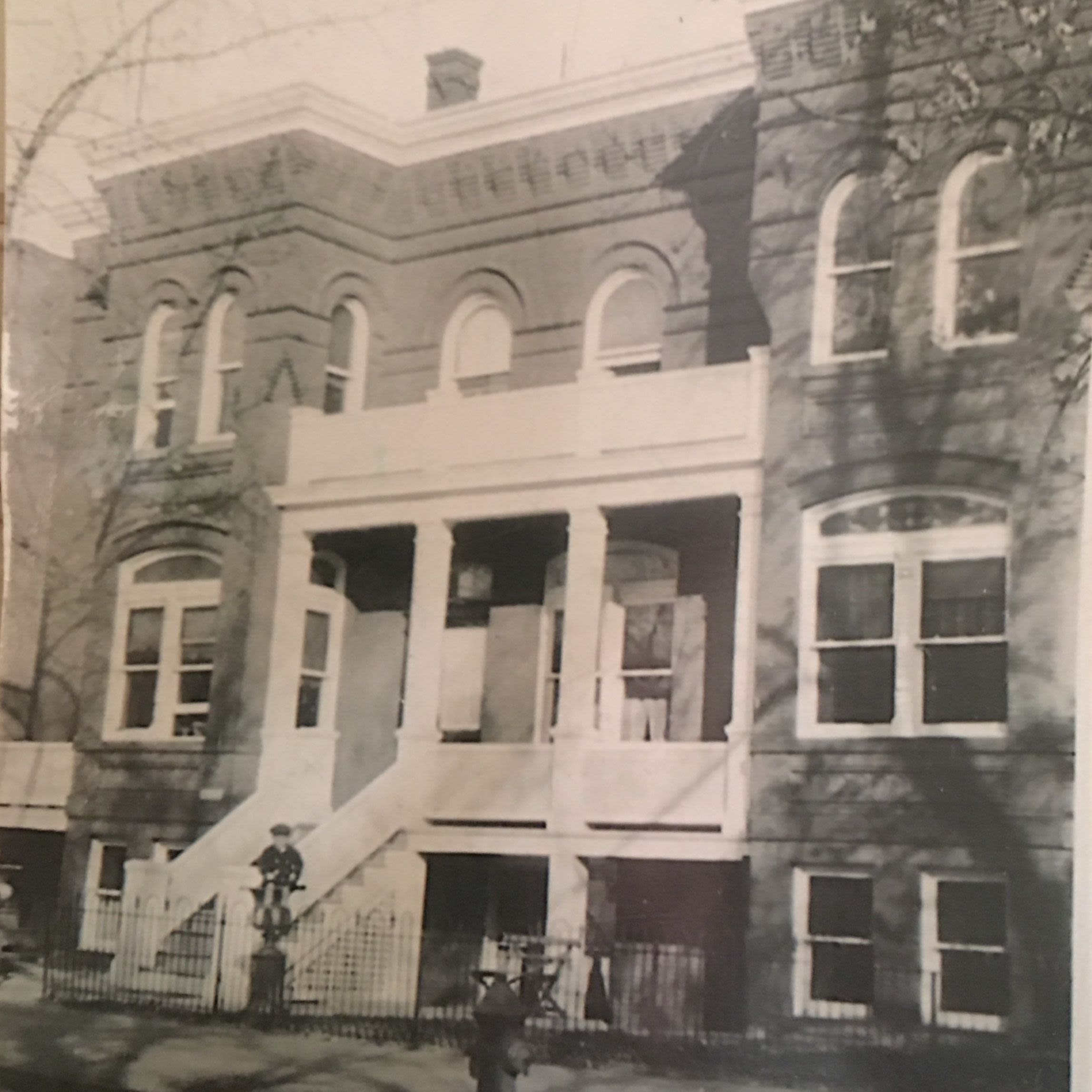
1900-1960s: The Transition Years: From Founders to Florida House
Following the Manning family’s ownership of the home for several decades, the house was documented for the Historic American Buildings Survey. The home then was put up for sale and passed through the hands of a variety of different owners over the next 50 years. During much of this time, the home was split into different rooms and studio apartments on the three main levels. Senators, interns, and other people from Florida lived in the former-Manning family home, including Royce Reynolds. The area began to thrive in the 1940s following the construction of our neighbors: the Supreme Court. However, by the late 1960s, economic and social issues in the Washington D.C. area caused stakeholders to abandon the Manning Home, leaving it dilapidated and vacant.

1972: Rhea Chiles’ Vision of the State Embassy is Born
After his election to the United States Senate in 1970, Lawton Chiles, his wife Rhea, and their four children departed for a Washington D.C. roadtrip. When they got lost here in our nation's capital, one of the children suggested that their parents find the Florida embassy. When they realized there were only national embassies, Mrs. Chiles thought that there should be a series of State Houses for residents from across the United States. By the time Rhea Chiles walked past the Manning House in 1972, the neighborhood was unsafe, the second floor had caved in, and the windows were boarded up. However, a "For Sale" sign stood out front, and Mrs. Chiles claimed she could envision the Florida flag flying proudly out front. In 1972, she used her vision of our state embassy to raise $120,000 from friends in Florida, and then added $5,000 of her own money to purchase the house.
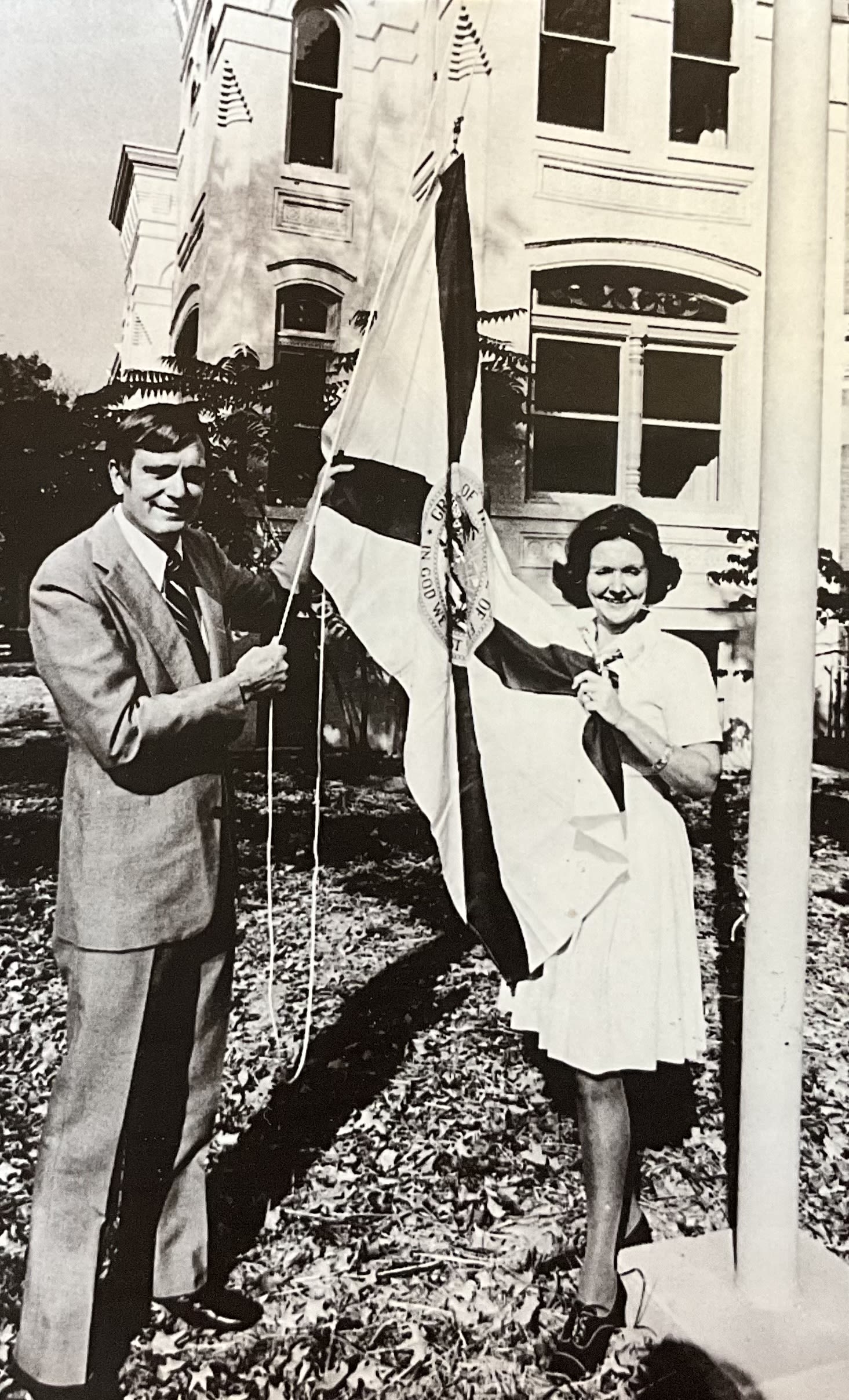
1973: Florida House is Open!
Florida House opened its doors on October 26th, 1973. Mrs. Chiles decided to create Florida House as a non-profit and non-partisan organization that would accept no state funding. By utilizing private donations and being managed by a Board of Directors and Trustees, the organization would represent the cross-section of business, cultural, and philanthropic leaders of Florida. The small group of nearly two dozen members pioneered our foundational restoration projects, culture and education programs, and Congressional outreach initiatives. They collected and restored pieces of furniture and art that would reflect that of a home built in 1891.
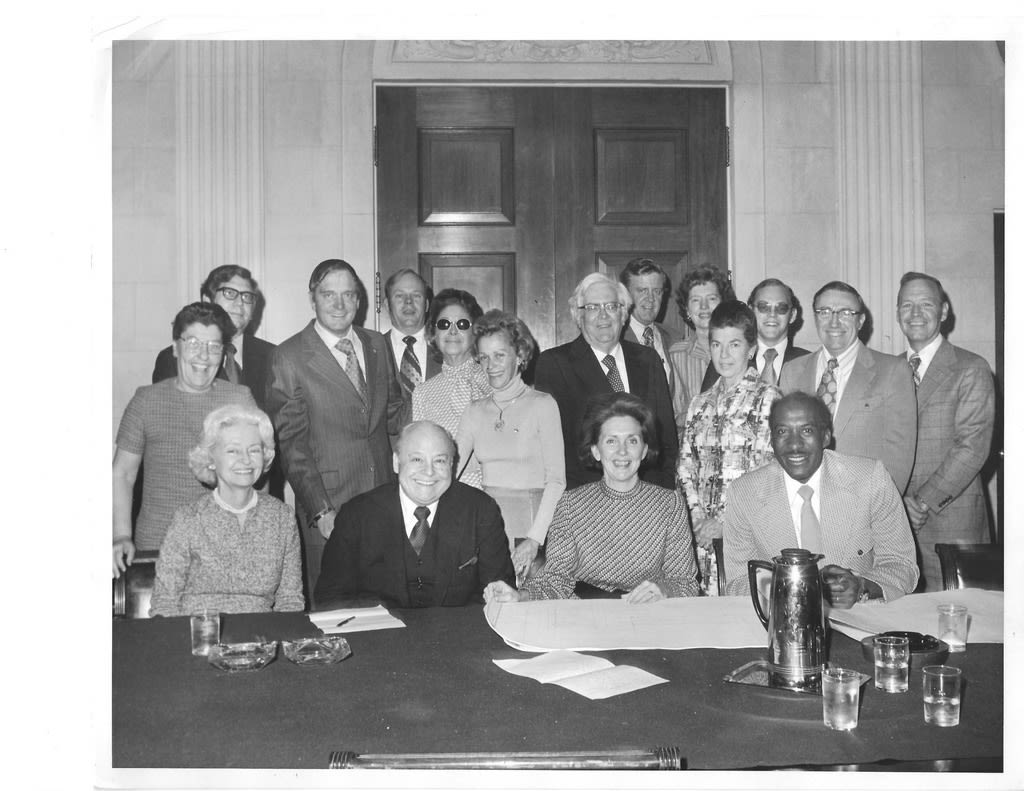
1973-1983: Our First Ten Years
Florida House operated on a modest shoestring budget for its first ten years. The funding and operations were made possible by repeat donors, Trustees, and new visitors and partners of the state embassy. During this time, Florida House’s first executive Director Mike Mullin worked alongside Mrs. Chiles to secure private funding and grow our programming. We focused on our mission to deliver Florida hospitality by providing guests services, such as free orange juice, directions to attractions, and help with accommodations. Florida House introduced its internship program, bringing students to work in our state embassy and on Capitol Hill with members of Congress.
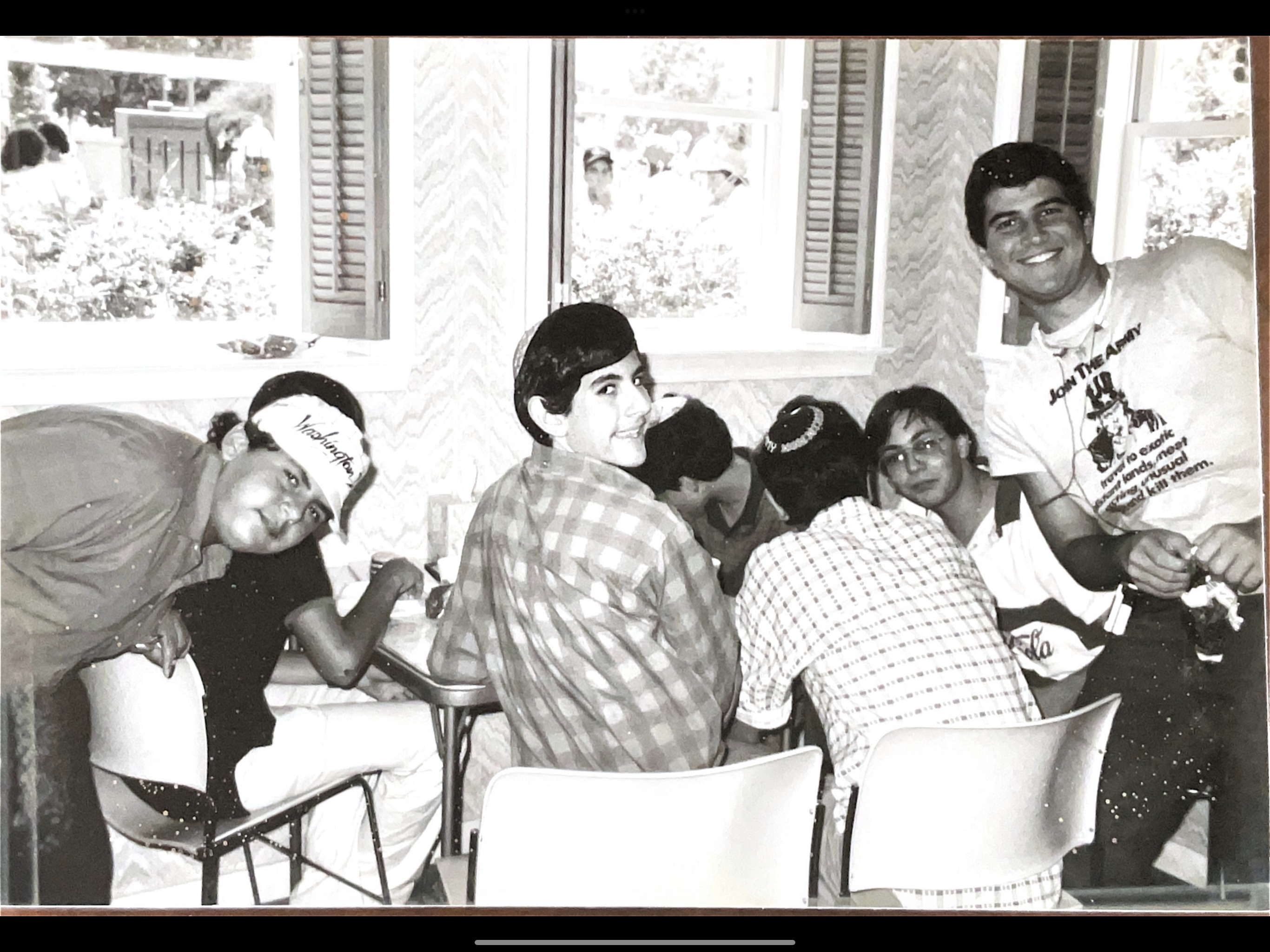
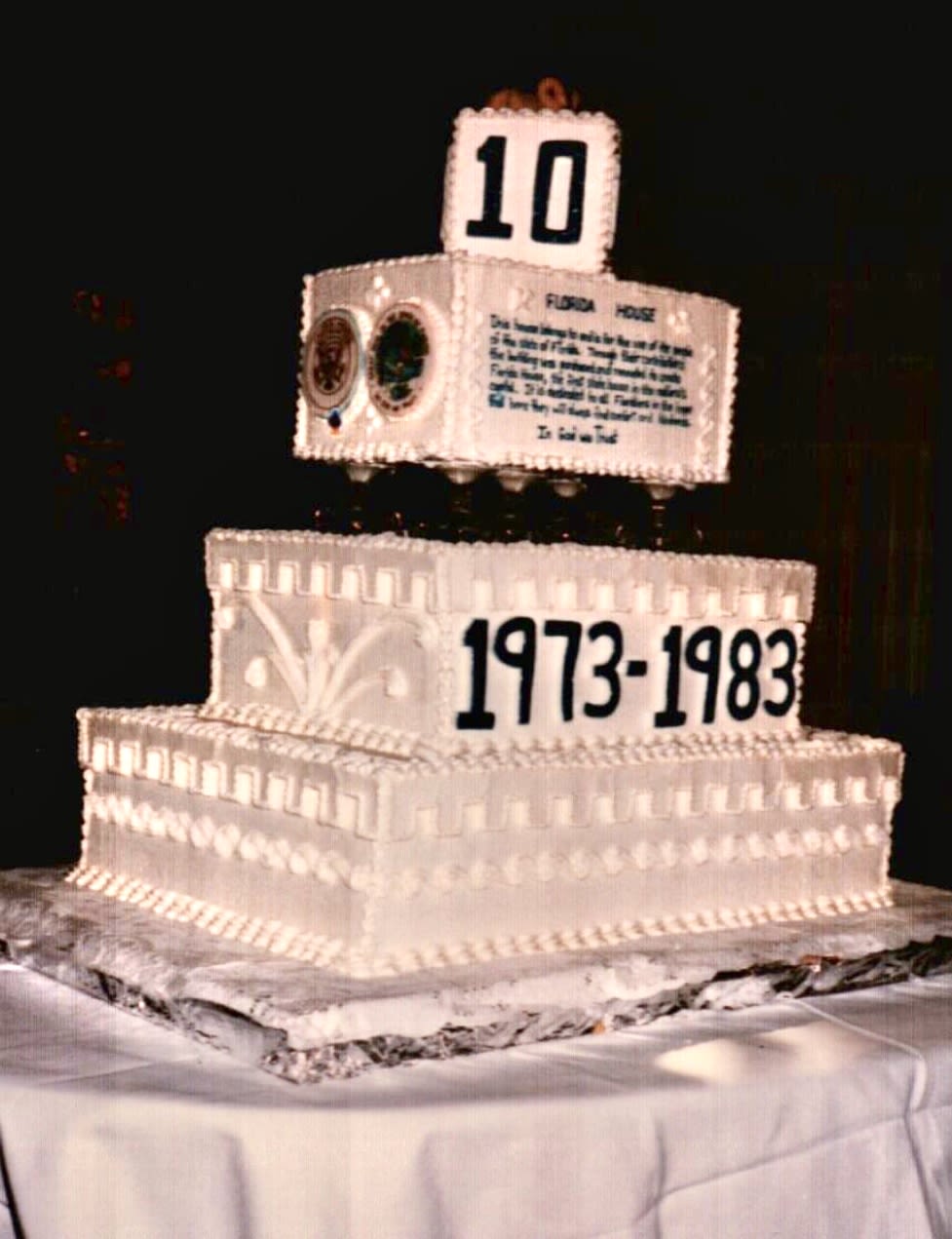
1987: The Restoration Era
Following the collapse of the beams holding up the third floor in 1982, major structural and interior renovation was conducted. The Trustees again decided that the furnishings of the embassy should reflect the late-Victorian style. Thanks to new restorations and a thriving Capitol Hill community, Florida House began to welcome more visitors from Florida. It was also during this time when businesses and associations began to use Florida House as an event space. Groups such as the Florida Association of Broadcasters have been coming to connect, celebrate, and champion in our space for decades. We continued to welcome families and school groups, and for the first time, we welcomed university partners that share our mission of championing Florida’s students and education.
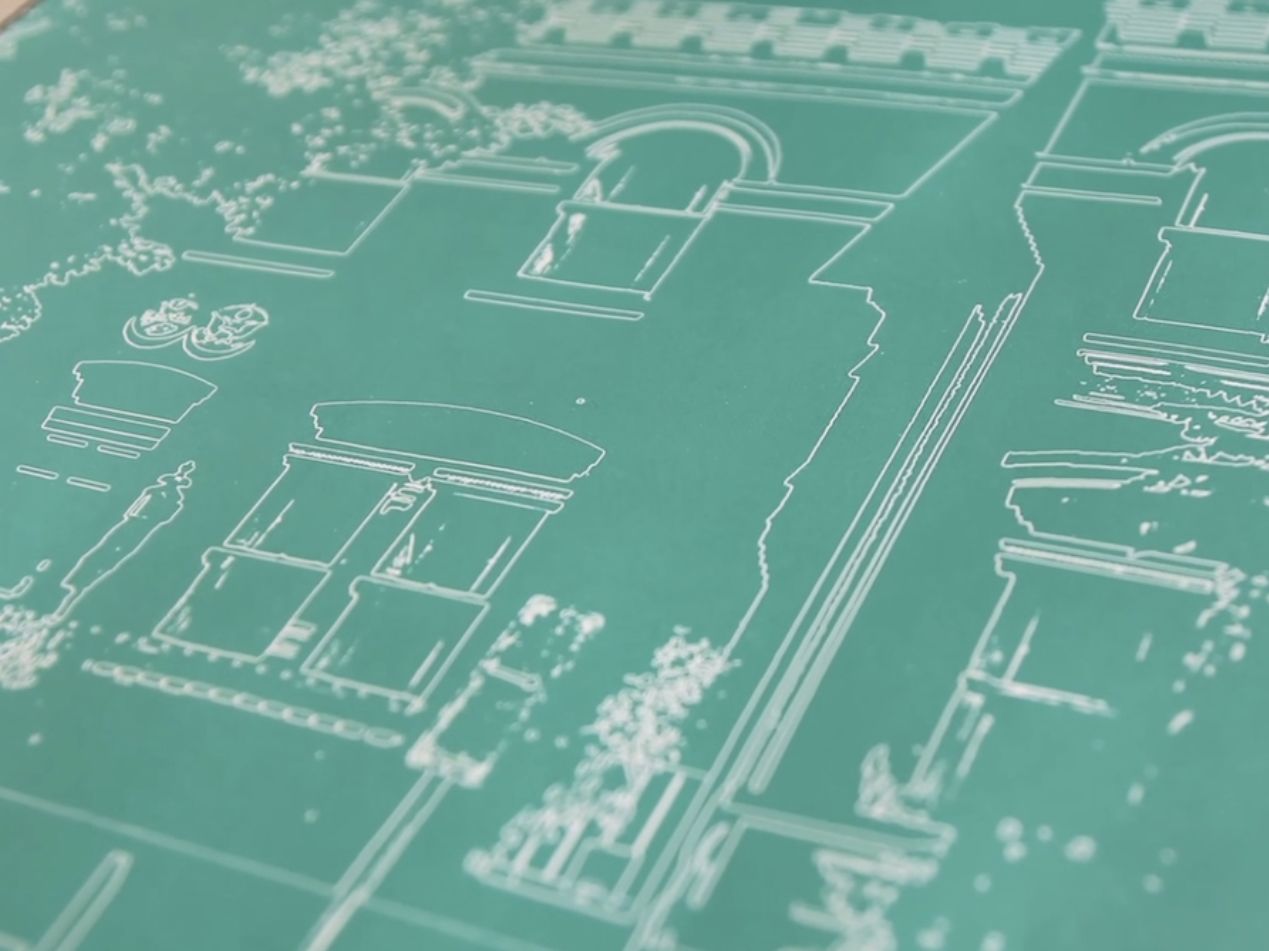
1990s: Growth Continues and Our 25th Anniversary Celebration
By the 1990’s, the Capitol Hill neighborhood blossomed with new residences and businesses. Alongside motivated Board Members and Trustees, Mrs. Chiles continued to invite important members of Congress, foreign dignitaries, and other senior business leaders to use our space. During this time, Florida House also introduced the Summer Intern Seminar Series, which invites interns in Washington D.C. to come speak and discuss key issues with different members of Florida’s Congressional Delegation. Since its inception, we have welcomed hundreds of students and dozens of Congressional leaders to learn, connect, and ask questions about issues that matter most to them as students.
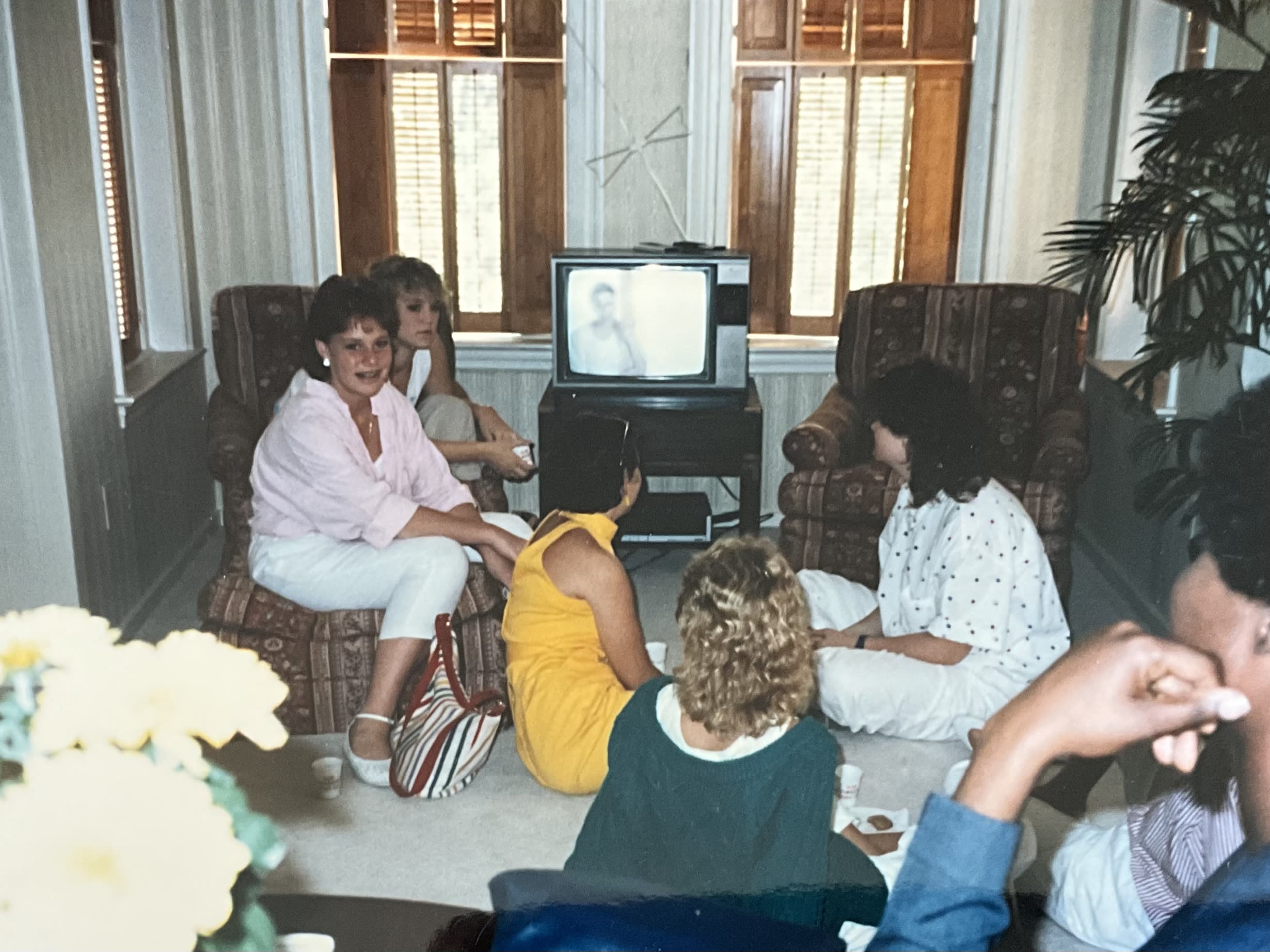
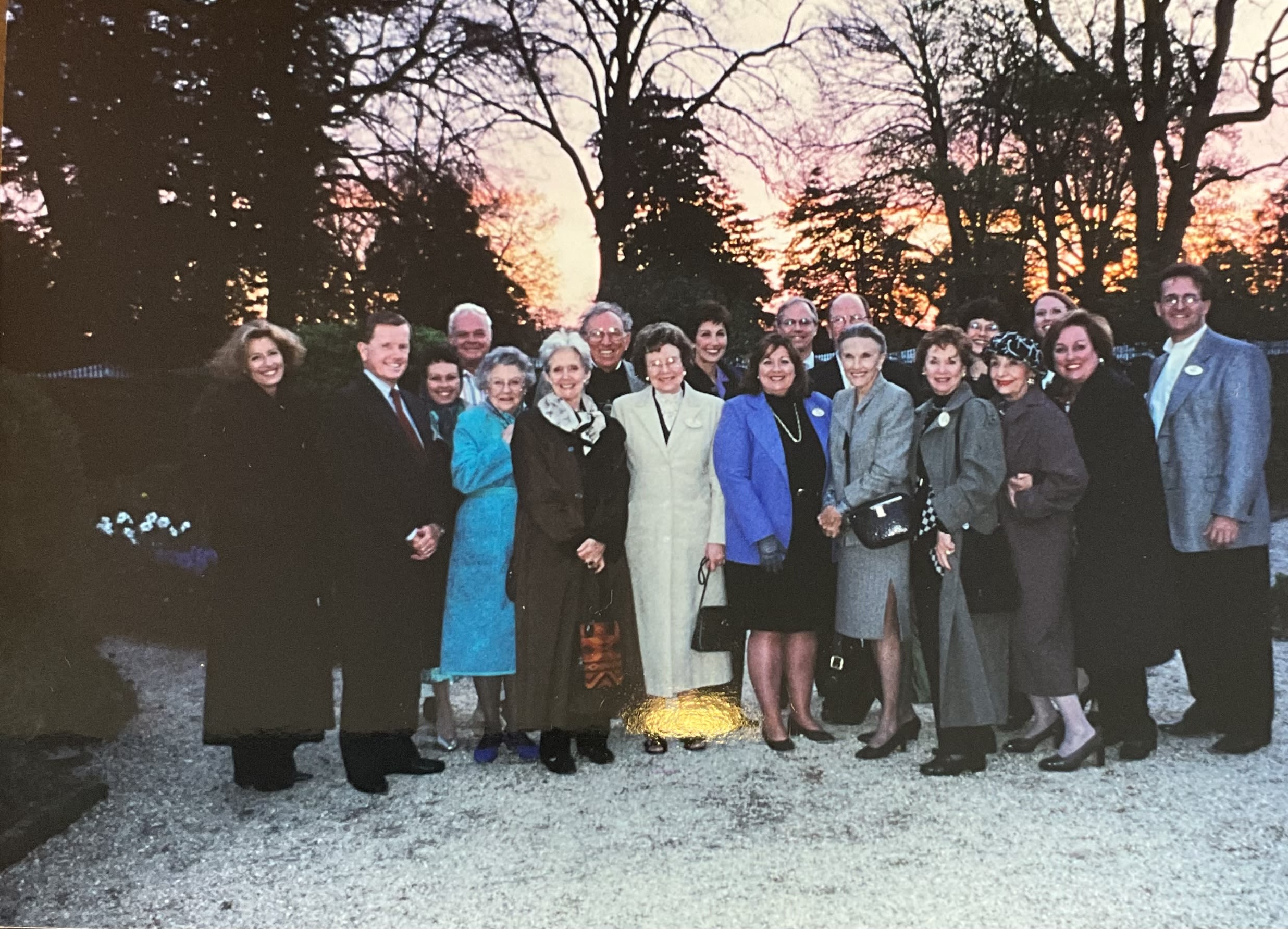
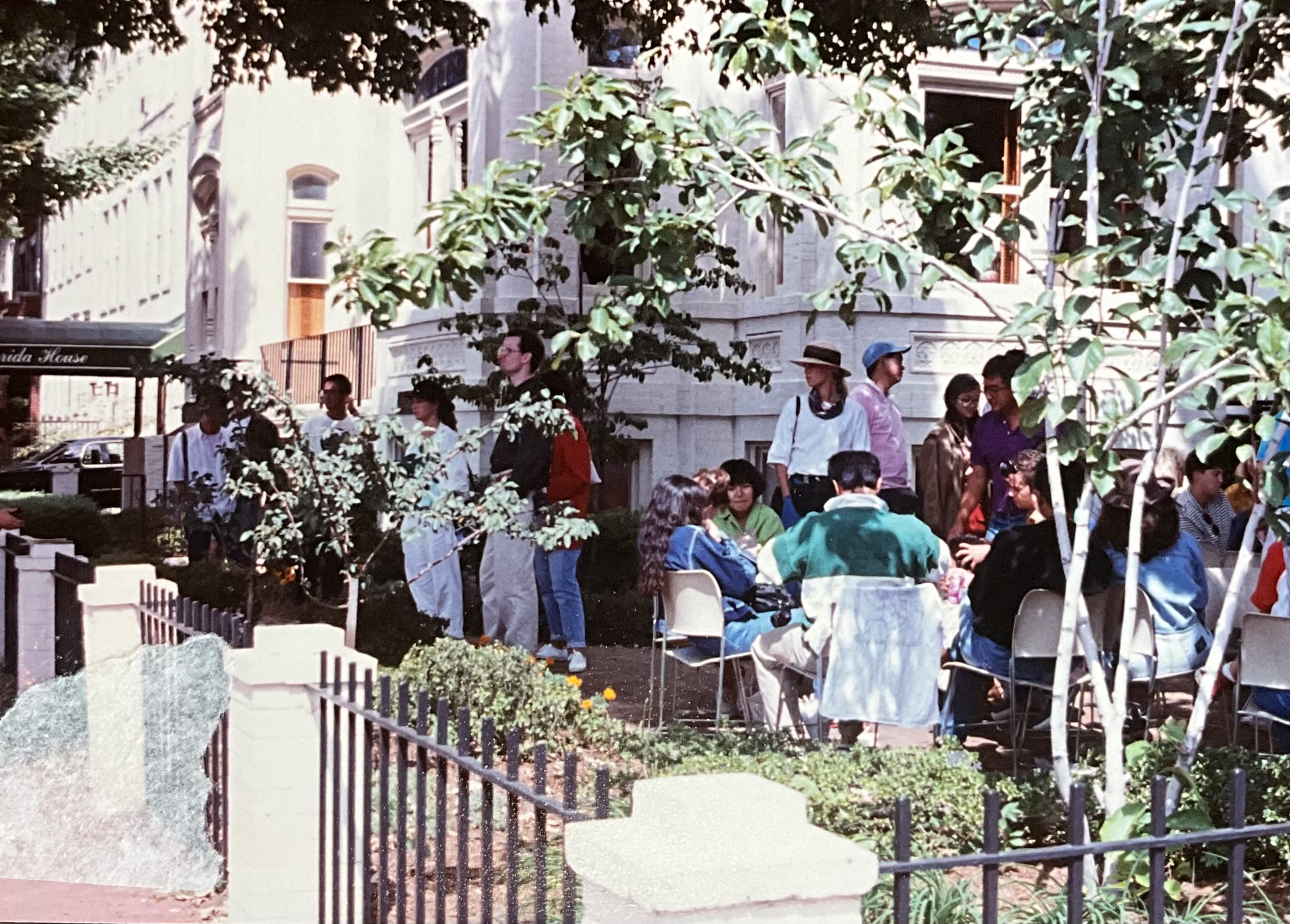
2000s: Connecting to Florida
In the early 2000’s, Florida House began to connect with even more groups with our shared interests and vision. We welcomed a variety of partners that we have had for over a decade, including the Florida Farm Bureau and the Everglades Foundation. These new collaborations opened doors for Florida House to connect with some Florida’s best artists, photographers, and community leaders. We added several of our most popular art pieces to our collection during this time from artists Romero Britto and Dr. Guy Harvey. Our Distinguished Author and Artist Series was started during this time to honor the great contributions of Florida’s art community.

2010’s: Continued Expansion and Diversification
As we welcomed a wide variety of new guests and businesses, Florida House introduced new rotating exhibits. Our rotating exhibits on the main and upper levels have featured unique artwork, scientific findings, and other untold stories from the Sunshine State. We also continued to expand other hospitality offerings, including National Orange Juice Day. Every year, we hand out hundreds of bottles of juice to the people of Washington D.C. to promote locally owned Florida orange juice companies. Mrs. Chiles continued to work with the Board of Directors and Trustees as Board Chair Emeritus on this and other projects until her death in 2015.
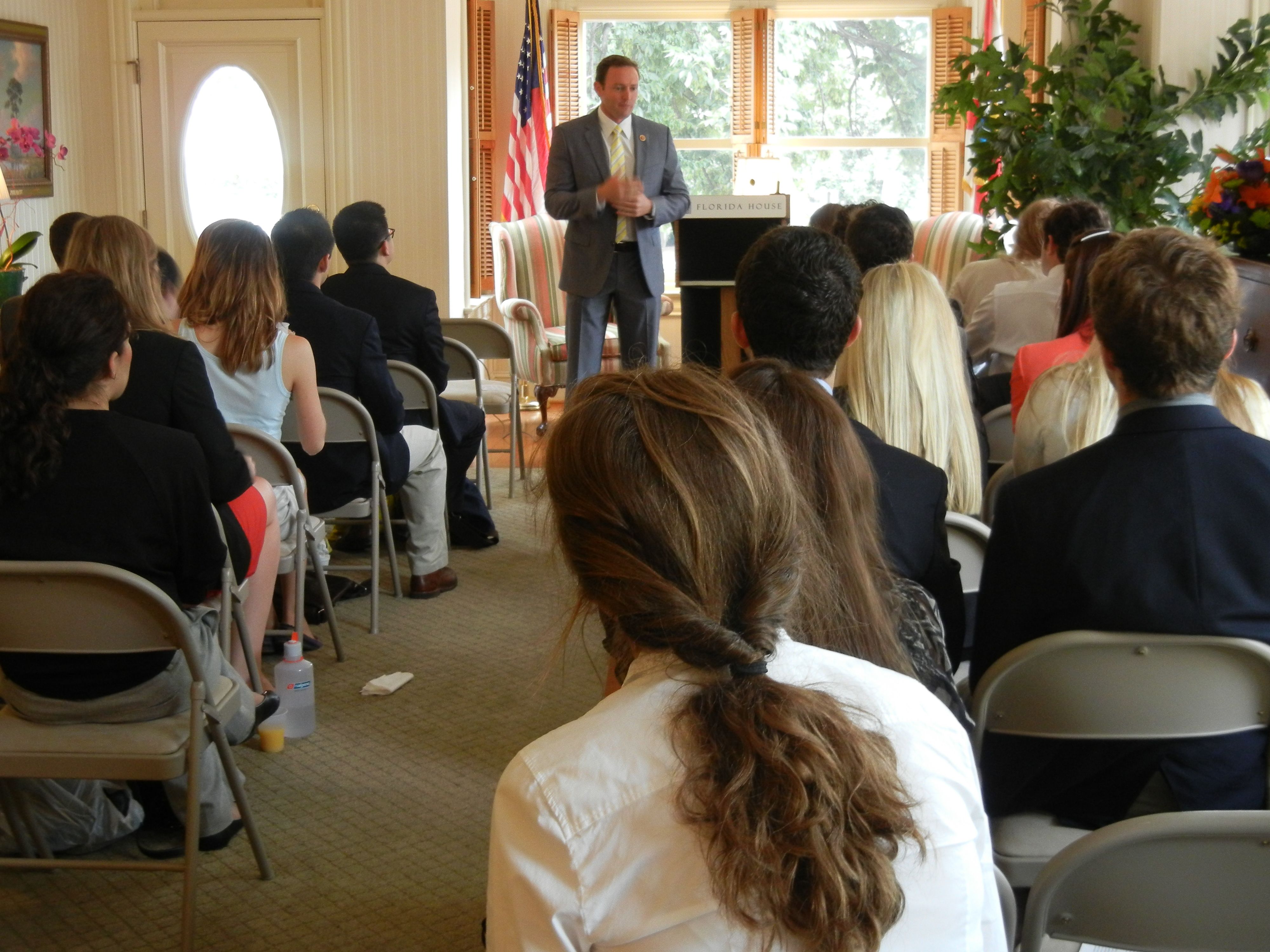
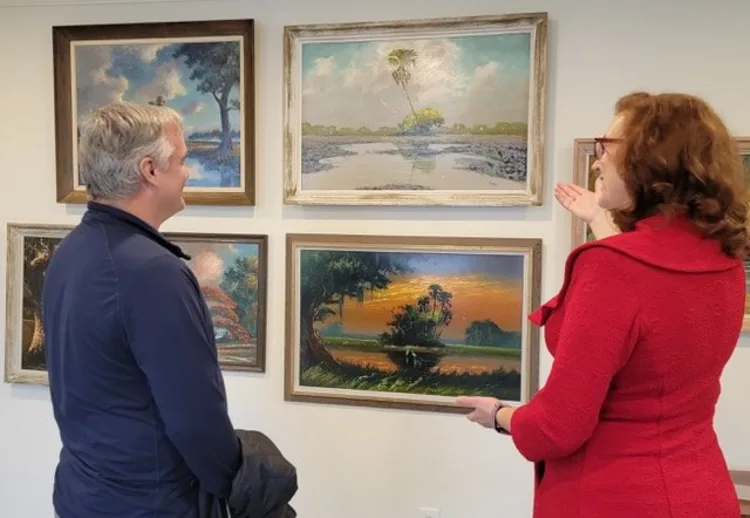
2020s: New Partnerships and Programs
In recent years, Florida House has focused on connecting with even more groups with our shared interests and vision. Florida House also began a Book Club, which highlights Florida authors and novels about Floridians. We have added a variety of corporate partners, including Lockheed Martin, Duke Energy, the Florida Association of Realtors, CSX, FPL, and more. These companies actively engage with us on projects, events, and help us provide our services to the public. Florida House has also expanded to over 140 Trustees here in in Washington D.C., Central Florida, Tallahassee, Jacksonville, Miami, Broward, Lakeland, and Ocean Reef. These chapters work every year to conduct fundraisers that provide the free hospitality services at Florida House. The Trustees also host their own get-togethers and events to raise awareness about Florida House’s programs and events.
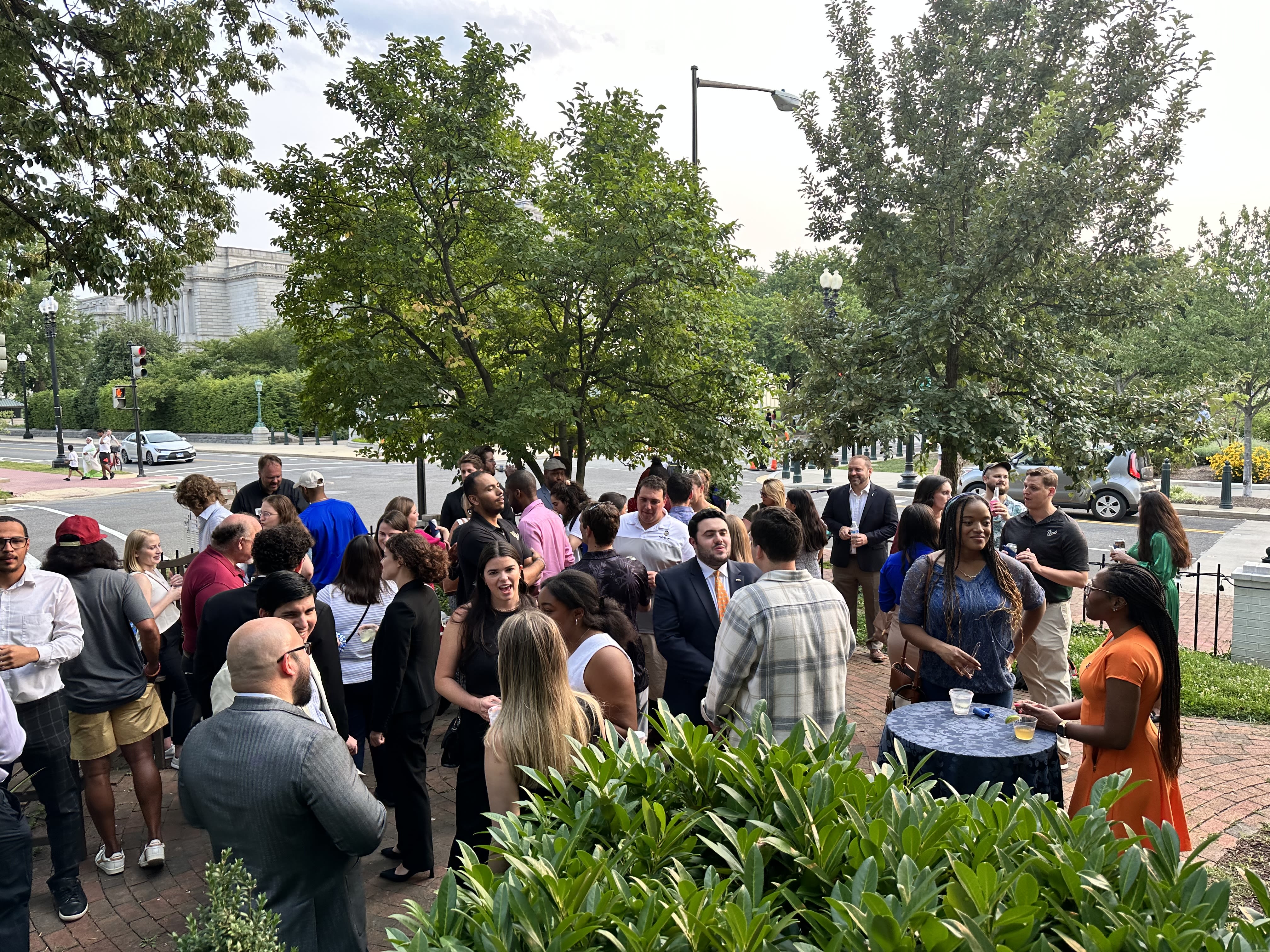
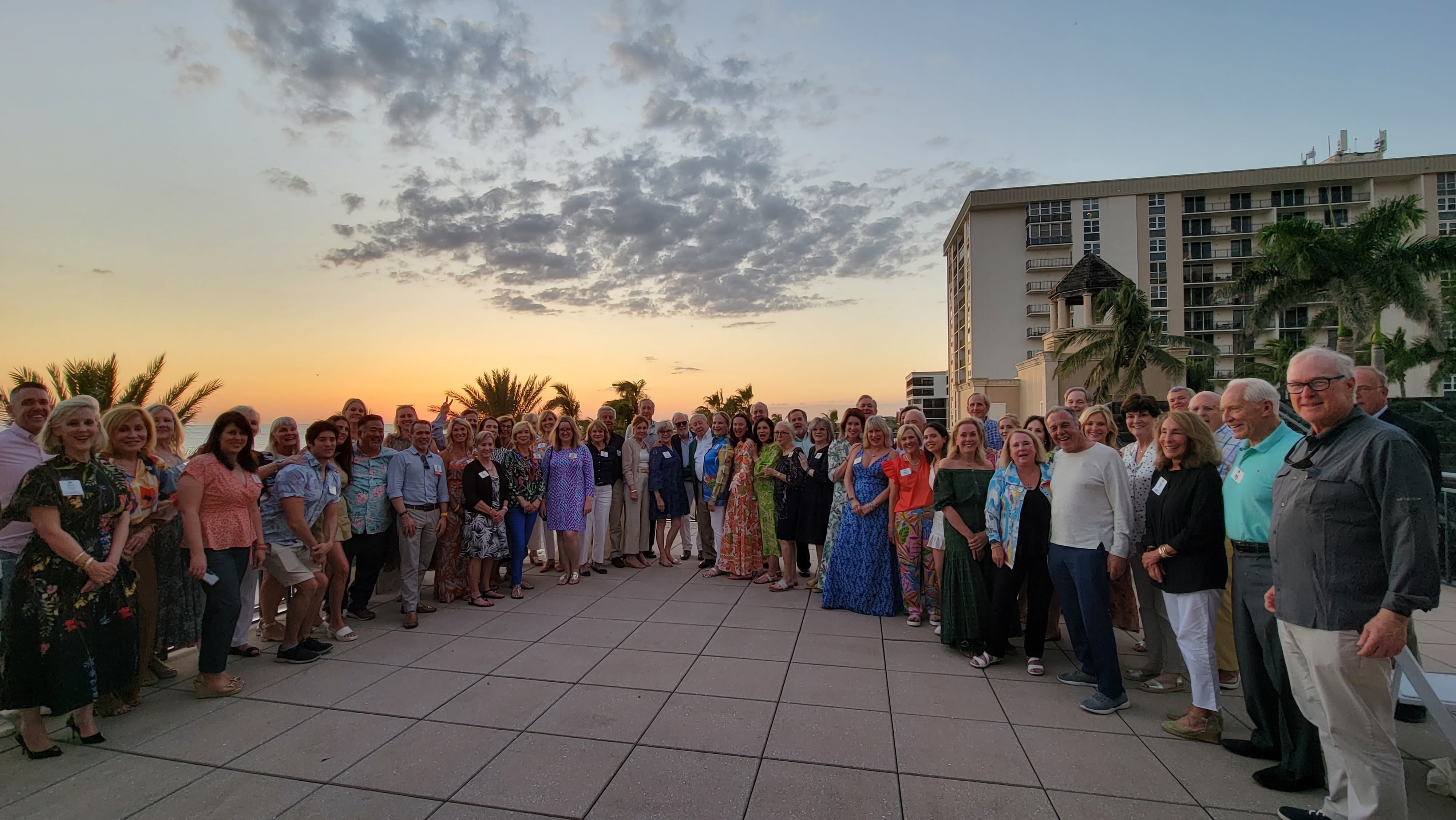
2023: Our 50th Anniversary
On October 26th, 2023, Florida House will celebrate its 50th Anniversary of being the Only State Embassy in Washington D.C.! This accomplishment is thanks to the vision of a leader, the generosity of Floridians, and the hard work of our shared communities.
